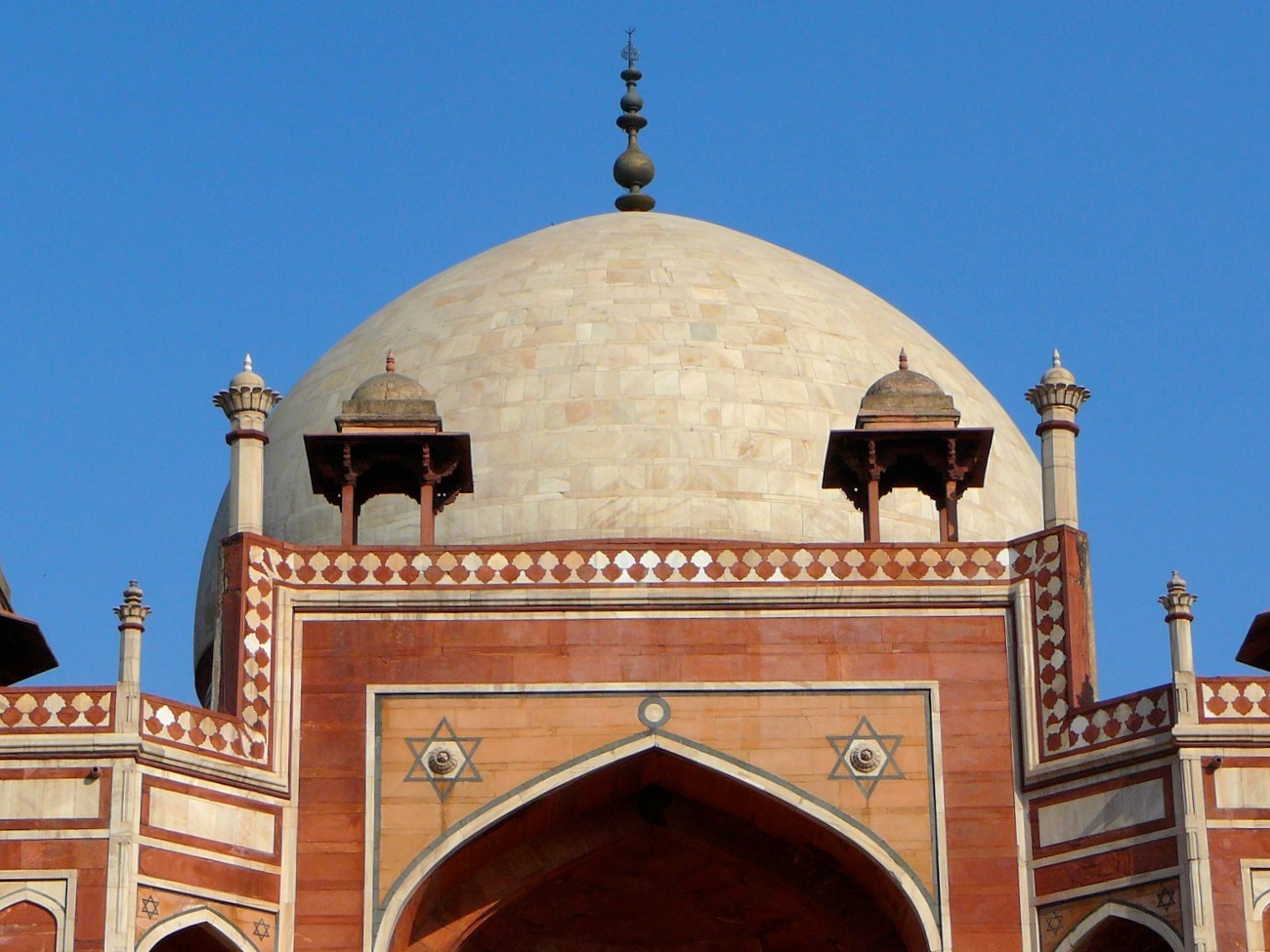Humayun's Tomb
A World Heritage Site, the tomb of Mughal Emperor Humayun is known for its architectural splendour and magnificence. Located in Nizamuddin East, the monument is considered the precursor of grand Mughal mausoleums.
The mausoleum complex has several firsts to its credit. It was the first garden-tomb in the Indian subcontinent, the first structure to use red sandstone on a large-scale and broke new ground as far as Mughal architecture was considered. It broke away from modest mausoleum designs like that of first Mughal Emperor Babur and set the tone for grand royal mausolea which found its culmination in the Taj Mahal. The building was also the first to use red sandstone and white marble combination which became part of several subsequent Mughal buildings.
Humayun’s tomb was based on Gur-e Amir, the tomb of Mughal ancestor Timur in Samarkand. Commissioned in 1562 by Hamida Banu Begum, Humayun’s wife, it was completed in 1572 AD. It is believed to have cost 15 lakh rupees at the time of its completion.
Work on the tomb began under the supervision of Persian architect, Mirak Mirza Ghiyas, who was brought from Herat in Afghanistan. However, Iyas died before the structure’s completion and the work was completed by his son in 1571.
The mausoleum stands in the centre of a 30-acre garden known as the Char Bagh or Four Gardens. The Persian-style garden was modeled on the Garden of Paradise. Humayun’s Tomb was declared a World Heritage Site in 1993. Restoration work: Aga Khan Trust for Culture (AKTC) along with Archaeological Survey of India (ASI) has painstakingly restored the monument to its pristine glory. The restoration process culminated in 2003. As part of the restoration efforts around 12 hectares of lawns were replanted and over 2500 trees and plants were planted.
FUN FACTS
The last Mughal Bahadur Shah Zafar took refuge in Humayun’s Tomb during the First War of Independence in 1857. He was arrested along with his sons by the British from the mausoleum. The site was chosen on banks of Yamuna river, due to its proximity to Nizamuddin Dargah, the mausoleum of Sufi saint Nizamuddin Auliya.



































